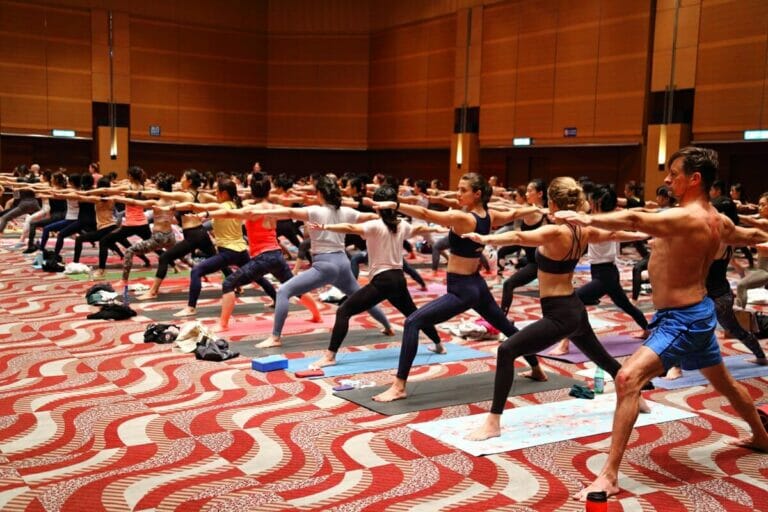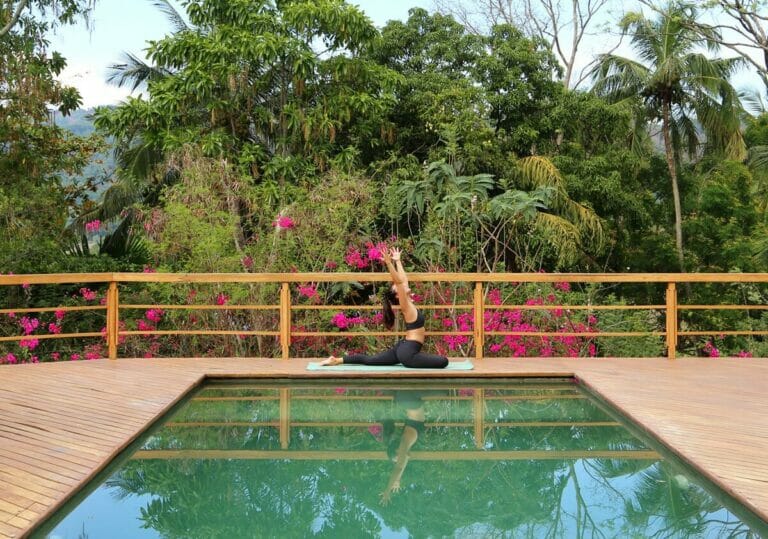10 Things to Expect from a Yoga Teacher Training Program
Yoga is a light, which once lit, will never dim. The better your practice, the brighter the flame. – B.K.S. Iyengar
I recently completed a one month intensive yoga teacher training program at the Yoga Garden in San Francisco and had an amazing experience – sore, exhausted, challenged, stimulated and loving yoga more than ever.
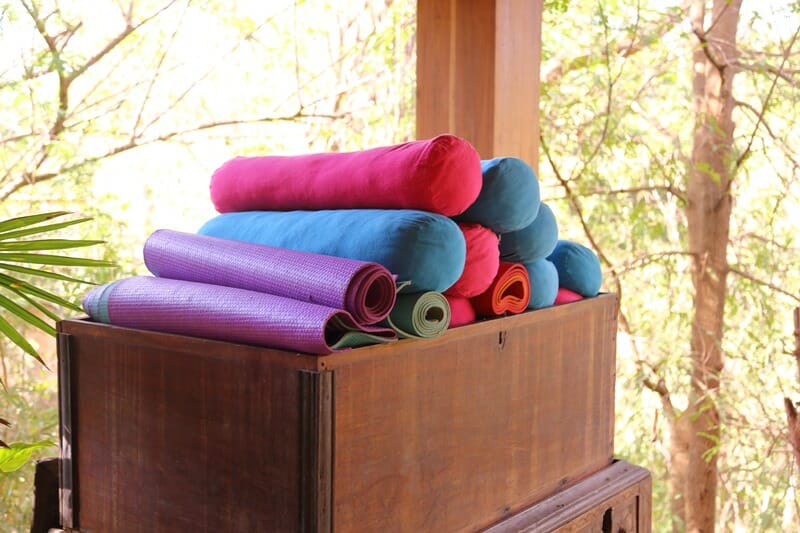
What is yoga teacher training like? Yoga teacher training is a big time and financial commitment, regardless of whether you’re enrolling in an intensive three to four-week program or a part-time program where classes are spread out over a few months.
I thought it would be a good idea to share a few things on how to choose a yoga teacher training program, what to expect, and how to get the most out of this type of experience. Here’s what you need to know before you enroll in a YTT.
1. You will have “off” days
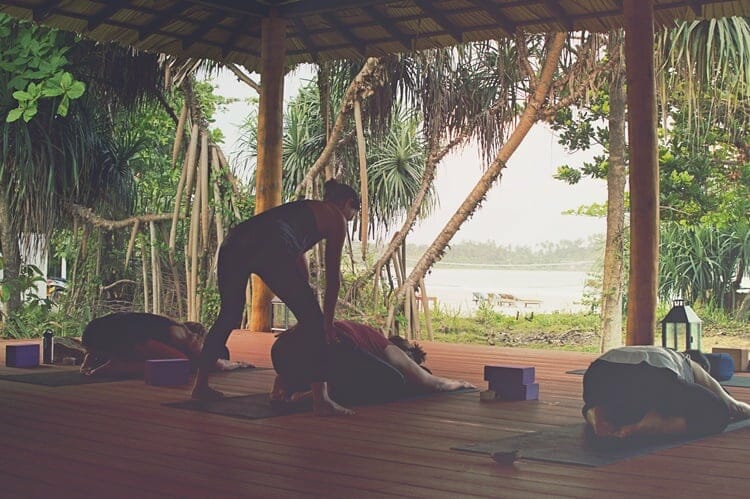
Our month-long immersion 200-hour yoga teacher training program was held six days a week, 9 AM to 6 PM from Tuesday to Friday, 12:30 PM to 5:30 PM on Saturday and Sunday. You will experience days where you just cannot. If you are doing your teacher training with an experienced school, this won’t be their first time at the rodeo and they will understand and fully expect this from you.
And guess what? It’s okay. In the third week, I was feeling homicidal. I was sore, tired, my dog was keeping me up all night and the bus was consistently late. I felt like a ticking time bomb.
On days you don’t feel like going to class, do it anyway and from my personal experience, you might just find yourself perking up halfway through the day, getting your second wind and enjoying yourself. If not, it’s just one day – try to soak it all in so you don’t have to make up the contact hours and pay the re-booking fees.
2. You will get stronger
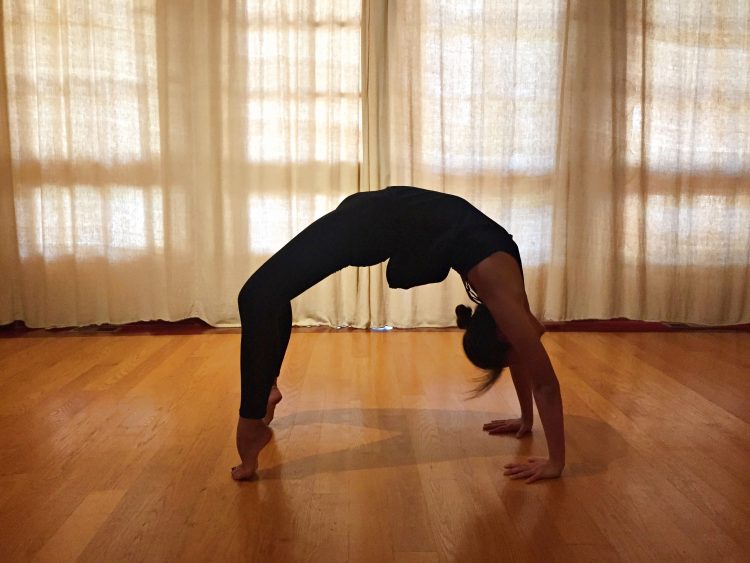
For most people, a yoga teacher training program will offer more asana practice that they’re used to. It’s no wonder that you might find yourself being able to hold bakasana for longer, sink a little deeper in virabhadrasana I, and bend a little more in urdhva dhanurasana.
If you are doing an intensive course, you may get a little stiff and sore, especially if you didn’t have a steady and consistent asana practice before the program. Eight hours of guided, in-class asana practice, four times a week, and you are responsible for your own personal practice outside of class: expect to be fatigued, physically and mentally.
3. You will meet like-minded people
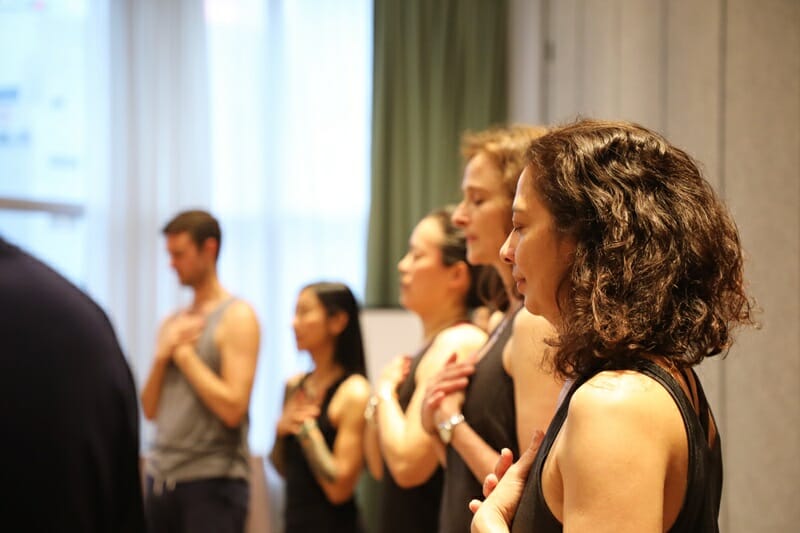
Yoga teacher training can be a unique bonding experience, especially if your class size is on the smaller end of the scale. I have met truly awesome people from the U.S., Germany, Denmark, Australia and the U.K. People from all walks of life with different backgrounds and stories participate in yoga teacher training, and your teachers are a great resource and repository of knowledge for you, especially if you decide to embark on the path of a yoga teacher.
Make the effort and start (or continue) to build out your yoga network and community and you’ll find that you have great contacts and yoga friends around the world.
4. You will feel like you’re outside your comfort zone
Unless you’ve been teaching yoga for a while already (not unheard of for some teachers go for their certification after teaching for some time), you’ll probably feel outside of your comfort zone.
The last time I sat (in sukhasana, too!) in a lecture or had to fill out a worksheet was a while ago – so getting back into this type of setting and the groove of studying took some getting used to. There’s a massive amount of information overload, tons of reading assignments and teaching is not easy.
My friend and fellow YTT graduate, Pia, has the following advice on this topic:
Be willing to develop yourself and be brave to go out of your comfort zone. Don’t think too much, just let it happen. – Pia Flake, Germany.
One of our instructors introduced us to the idea that there are four stages of competence in learning: unconscious incompetence, conscious incompetence, conscious competence and finally, unconscious competence. Believe me, conscious incompetence is not a nice feeling, but an important part of finding your own voice and not becoming an alignment-cuing robot.
Yoga teacher training can also be an emotional experience for some people. There is a lot of self-reflection and inquiry that happens as a result of learning about the different yoga philosophies, being pushed physically and mentally, and being thrust in a new and different environment.
While my own revelations were not earth-shattering, I did experience somewhat of a shift in perspective and found myself feeling grounded in a more conscious, aware and present head space.
5. You will learn to communicate more effectively

I didn’t have a full appreciation for the skill that goes into communicating not only cues to get into a pose, but also cues to activate the “dynamic tensions” of a pose, modifications and exiting a pose. It’s not as easy as it seems, and takes lots (and lots) of practice.
There are particular verbs that help to describe the actions you want someone to make, but other language that might be more abstract and less helpful. Our course teaches us to use clear, positive and direct speech, and not everyone may be used to speaking in an “authoritative tone”. For example, “step your right foot between your hands”.
To watch someone act as a result of your cues and directions and find your “yoga teacher voice” can be a very empowering experience. These communications skills can help us to be more effective communicators in not only a yoga class, but also more broadly in everyday life.
6. You will learn that yoga is not just asanas

I touched on this subject a little here: “yoga” extends beyond physical poses. There are layers and worlds of philosophy, history, anatomy that create a depth beyond what is commonly thought of as “yoga”. There will be a lot of sanskrit names and terms and your head will probably feel like it’s going to explode from the information overload; my only recommendation is to act like a sponge and try to take it all in.

If you can’t, there are textbooks for a (good) reason. You may find that some concepts and philosophies resonate more strongly with you; the good news is, you’re (hopefully) not being asked to memorize everything, so take on what you can relate to.
7. You might not feel 100% ready to teach a class after your course
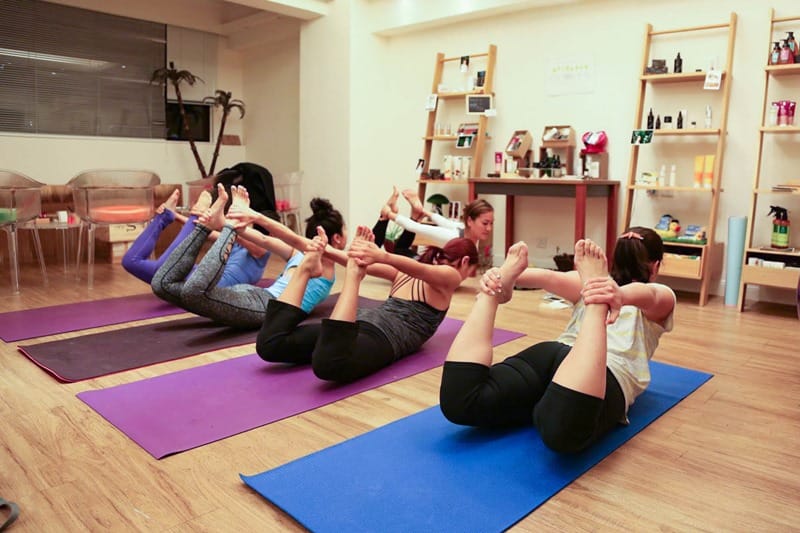
Here’s the secret: perhaps this is specific to our awesome experience in the Yoga Garden’s RYT 200 program, but you have all the tools you need to teach your first yoga class. The rest comes with practice, time and experience. There’s no rule that says you have to teach a class of 30 people right after graduation.
You can always start by teaching friends and family and smaller groups. If you know you want to teach, perhaps look into a mentorship/apprenticeship program or ask your favorite yoga teacher if you can assist or observe their classes.
8. There’s a lot that you might not learn in depth
Yoga schools and courses that are registered with the Yoga Alliance follow a “core curriculum” that encompasses a variety of subjects including Techniques, Training, Practice; Anatomy & Physiology; Yoga Humanities; and Professional Essentials. 200-hour yoga teacher training courses must then allocate a set number of hours to each category of teaching.
However, each yoga teacher training program differs in how they design their own curriculum within the categories, and how they teach the different subjects such as Pranayama & Subtle Body, Professional Development, Meditation and Ethics. There is a lot of flexibility in how a registered school can design their own training manual, curriculum and assessment methods.
As you can imagine, you could easily dedicate 200 hours of training in just one particular module. What does this mean for someone who is going through a yoga teacher training? Depending on which program you sign up for, you may not go into depth in particular subjects such as Professional Development (which also includes the practical aspects of running a yoga business such as marketing and promotion, insurance issues, waivers and so on), or the entirety of the Yoga Sutras and Upanishads.
Which brings me to my next point…
9. You will start to look into continuing yoga education courses

The learning doesn’t stop after your yoga teacher training program…this is why many people go on to register for a 300-hour yoga teacher training course and later register as RYT-500 teachers (demonstrating that they have completed a 500-hour yoga teacher training, or a 200-hour + 300-hour yoga teacher training).
If you don’t want to go on and do a 300-hour training, there are many specific yoga teacher “continued education” trainings that might pique your interest – after completing my 200-hour teacher training I went on what you might call a “yoga binge” – I was just that excited about yoga!
I went on and did a children’s yoga teacher training, a hands-on assisting workshop as well as a 100-hour prenatal yoga teacher training. In fact, in order to maintain your Yoga Alliance credential (should you wish to do so), you will need to partake in 30 hours of “Continued Education” every three years.
There are a whole host of additional trainings that you can partake in depending on what you’re interested in, such as trauma-informed yoga, Yin yoga, mantras and so on. The learning never ends!
10. More likely than not, you’ll get what you put in

Yoga teacher training can be an amazing experience, regardless of whether you go on to teach or not. You’ll learn more about “yoga”, deepen your personal practice and become a part of a community. I would recommend that you find a way to document your experience so you have something to look back on – keep a journal, write a blog, take photos – whatever floats your boat.
What did you get out of your training and what would you tell someone who is looking into signing up for a YTT course? Share your thoughts and ideas below!
Looking for more yoga reads? You might also like these:
- Here are some thoughts I had during my YTT experience
- And if you’re not sure how to choose the perfect yoga teacher training for you, here are some factors to consider
- As a yoga student you never stop learning. This is why you should attend a yoga conference!
Pin this for later
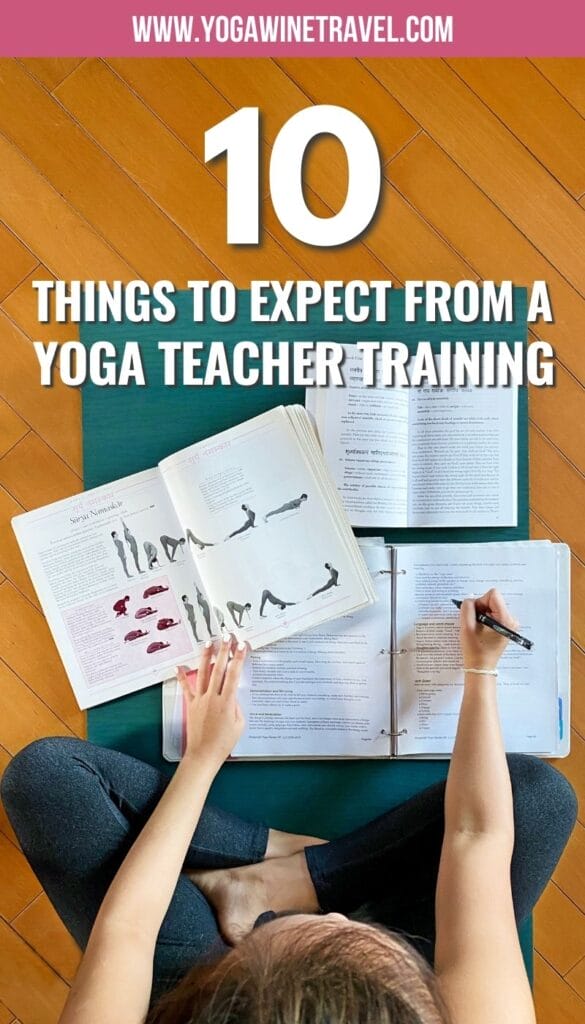
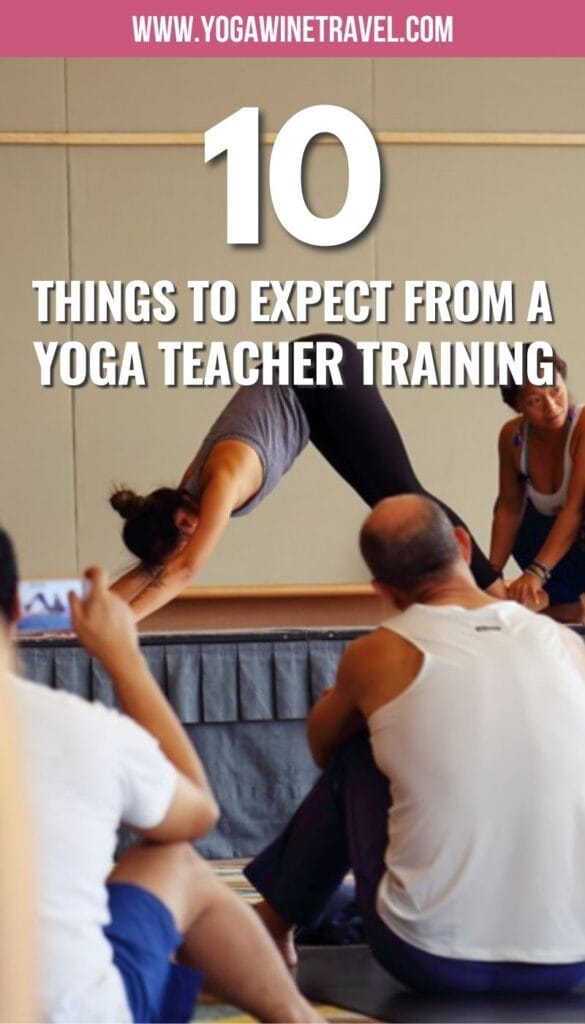
Enjoyed reading this article? Subscribe to the mailing list!
* Unsubscribe at any time. Your e-mail address will only ever be used to send the occasional Yoga, Wine & Travel newsletter.



